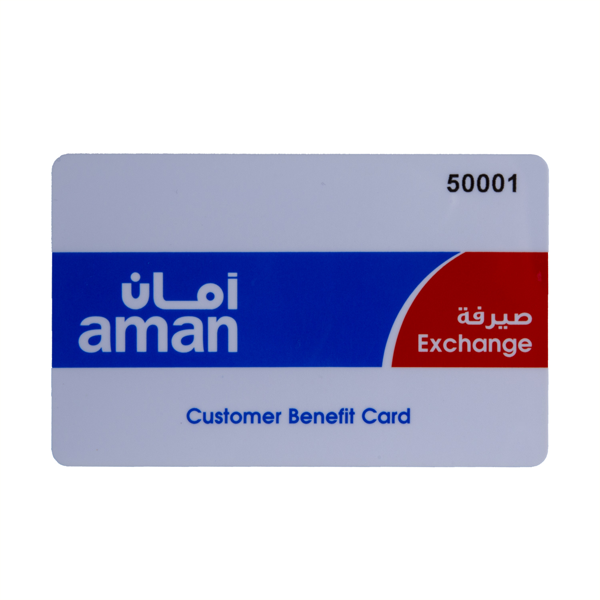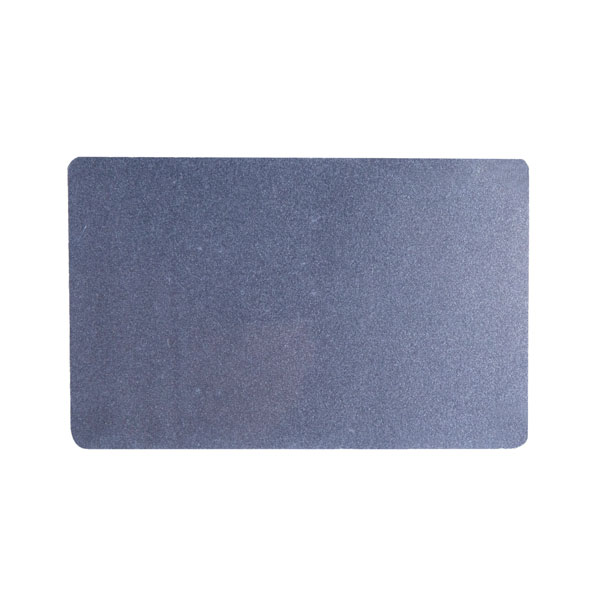Through the applications of RFID technology, the transparency of supply chain logistics management and inventory turnover rate can be improved, the loss of stock-outs can be effectively reduced, and the logistics efficiency within the enterprise can be improved.
Ⅰ. Development of RFID technology in the supply chain
Fast: fast efficiency, fast delivery points, improve logistics efficiency;
Accurate: accurate data, accurate collection of goods circulation data in all aspects of logistics management.
According to the current status of warehousing management and the feasibility study of RFID technology in supply chain in logistics management, embedding advanced RFID data collection methods in the WMS system can realize the management of storage locations and pallets identified by RFID tags. In this way, it can not only realize the informationization and modernization of enterprise logistics management, but also improve the enterprise logistics management level and management efficiency, and reduce enterprise management costs.
From the perspective of the future development of Chinese and foreign logistics, network information construction is the future development trend of warehousing logistics. New technologies represented by RFID tags are profoundly affecting warehouse management and warehouse management systems, and even gestating a "logistics revolution."
Ⅱ. Advantages of applications of RFID technology
A research data shows that by 2019, the global retail RFID technology application market will reach 3.91 billion U.S. dollars, and the compound annual growth rate of the global RFID market for such applications of RFID technology will reach 40% during the forecast period.
Conceptually, RFID is similar to barcode technology. Barcode technology is to attach the barcode information to the article, and scan the barcode on the article through a scanner to obtain the information of the article. The RFID technology attaches the RFID tag to the item, and reads the information in the tag to the RFID reader through the radio frequency signal, thereby obtaining the unique information of the item. Compared with traditional barcodes, the advantages of RFID technology are as follows:
1. Quick scan
The RFID reader can identify and read multiple RFID tags at the same time. In contrast, a barcode can only be scanned at a time.
2. Penetrating and unbarred reading
When covered, RFID tags can penetrate non-metal or non-transparent materials such as paper, wood, and plastic, and can perform penetrating communication. The reason why "unmanned retail stores" can achieve unmanned cashiers is mainly due to the use of this feature of RFID technology.
3. Large data memory capacity
The capacity of a barcode is about 30 characters, the maximum capacity of a two-dimensional code can store 2 to 3000 characters, and the maximum capacity of an RFID tag is several trillion characters. With the development of memory carriers, the data capacity is also expanding.
4. Small size and diversified shapes
The reading of RFID tags is not limited by size and shape, and does not need to match the fixed size and printing quality of paper for reading accuracy. Unlike barcodes, they are prone to deformation and damage, which can lead to unrecognizable problems.
 RFID Technology Helps Promote the Construction of Smart Customs
RFID Technology Helps Promote the Construction of Smart Customs What are the General Identification Methods of the Access Control System?
What are the General Identification Methods of the Access Control System? The Working Principle and Emission Principle of Contactless IC Card
The Working Principle and Emission Principle of Contactless IC Card The Application of RFID Tag Recognition in Intelligent Supermarket Product Management
The Application of RFID Tag Recognition in Intelligent Supermarket Product Management The Management System of the RFID Paper Tickets
The Management System of the RFID Paper Tickets Technology Introduction and Market Application of RFID Card
Technology Introduction and Market Application of RFID Card



